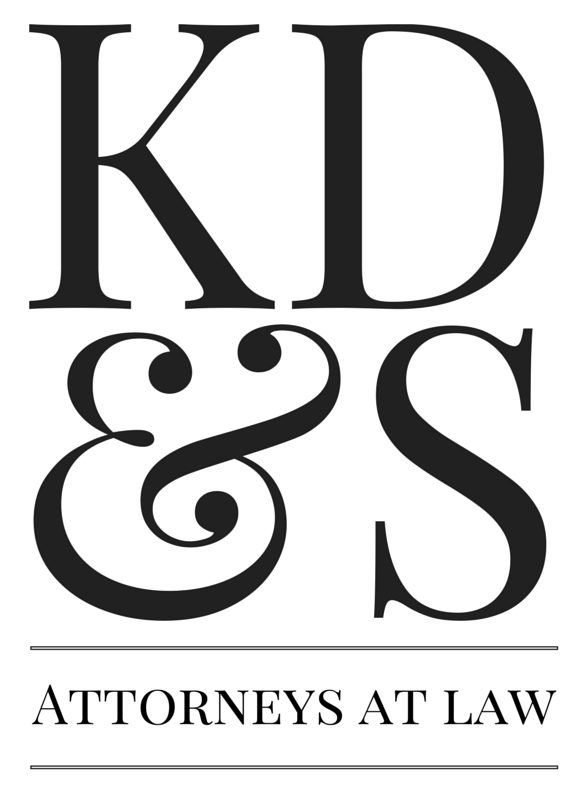Design Patent for Graphical User Interface (GUI's)
November 2, 2017
For any companies that sell goods and services through their website over the internet, or mobile applications for computers, phones, etc…, design patents for graphical user interfaces (GUI’s) may be of benefit.
Although less often used, except by big companies such as Apple, Microsoft, Samsung, etc.., design patents of graphical user interfaces (GUI’s) are patentable in the U.S. and can be beneficial.
"The U.S. Patent and Trademark Office considers designs for computer-generated icons embodied in articles of manufacture to be statutory subject matter eligible for design patent protection under 35 U.S.C. 171. Thus, if an application claims a computer-generated icon shown on a computer screen, monitor, other display panel, or a portion thereof, the claim complies with the "article of manufacture" requirement of 35 U.S.C. 171. Since a patentable design is inseparable from the object to which it is applied and cannot exist alone merely as a scheme of surface ornamentation, a computer-generated icon must be embodied in a computer screen, monitor, other display panel, or portion thereof, to satisfy 35 U.S.C. 171. See MPEP § 1502."
For example, the company’s icon design (such as used in their website over the internet, or mobile applications (e.g., available on the iPhone from the AppStore), is a graphical user interface design that may be protectable under design patent.
It is also maybe within the realm of possibility that two-dimensional images used on the client’s website, or in the mobile application, can be similarly protected, if desired.
Although graphical user interfaces of computer software displays are typically thought of and protected by copyright, there is an overlap, and they can also be protected by design patents. This protection lasts for 15 years from the date the patent is granted (e.g., which is significantly less than copyright), but does provide additional advantages during this time:
First, unlike copyright, copying of the design is not required to infringe. Even if the design was independently developed, any use of the design can still result in liability. The standard for determining design patent infringement is the "ordinary observer" test which states "[I]f, in the eye of an ordinary observer, giving such attention as a purchaser usually gives, two designs are substantially the same, if the resemblance is such as to deceive such an observer, inducing him to purchase one supposing it to be the other, the first one patented is infringed by the other." See, e.g., Egyptian Goddess, Inc. v. Swisa, Inc, citing Gorham Co. v. White, 81 U.S. 511 (1871).
Second, unlike copyright where a fair use defense may exist; this is not available for design patent infringement.
Third, design patents allow for much greater damages: for example, all of the infringer’s profits attributed to the product. 35 U.S.C. §289. Copyright damages, on the other hand, limit the damages to the defendant’s profits that are attributable to the infringing component.
Fourth, preparing and filing for design patents, including all government filing fees and patent draftsman fees, is typically much less expensive than utility non-provisional patent applications.
Fifth, a design patent, depending upon the goals of the company can likewise expand the intellectual property portfolio of the company and, thereby, likewise potentially increase the future asset value of the company.
Thus, design patents for graphical user interface (GUI's) may be desireble for companies seeking such patent protection and/or to possibly increase the intellectual property portfolio of the company as well.
In the meantime, if you have any questions regarding the above, please feel free to contact us. As always, we welcome the opportunity to be of service.
Thanks, Dave
David J. Hurley
Knechtel, Demeur & Samlan
525 West Monroe Street, Suite 2360
Chicago, IL 60661
Phone: (312) 655-9900
Facsimile: (312) 655-1917
